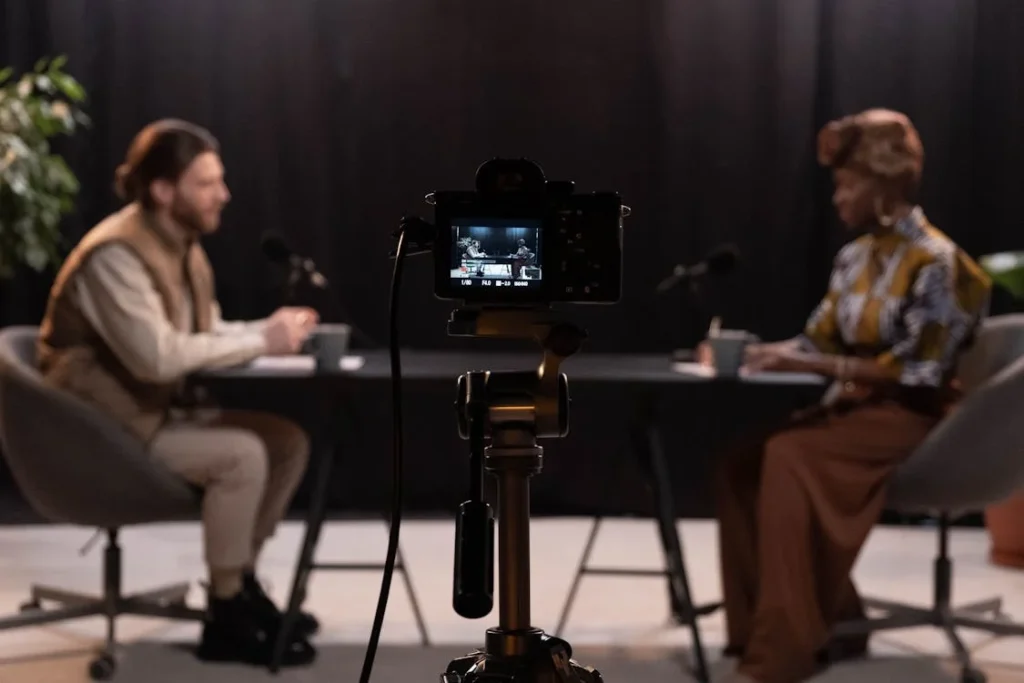Films shape how people see the world. They tell stories that inspire, challenge, and change minds. But when it comes to disability representation, not all movies do justice to the real experiences of people with disabilities. Both Bollywood and Hollywood have portrayed disability in different ways—sometimes with sensitivity and depth, other times through stereotypes and exaggeration.
Bollywood, rooted in India’s cultural traditions, often presents disabilities through an emotional lens, focusing on family struggles, personal hardships, or miraculous recoveries. Hollywood, with its global influence, has evolved from using disabilities as plot devices to telling more authentic stories centered on real-life experiences. Both industries have strengths and shortcomings, shaping public perception in their own ways.
Understanding how Bollywood and Hollywood represent disabilities helps us see where progress has been made and where change is still needed. The way films depict people with disabilities influences how society treats them, from everyday interactions to workplace opportunities. Comparing these two major film industries gives us insight into how different cultures view disability and what needs to change for more accurate, respectful storytelling.
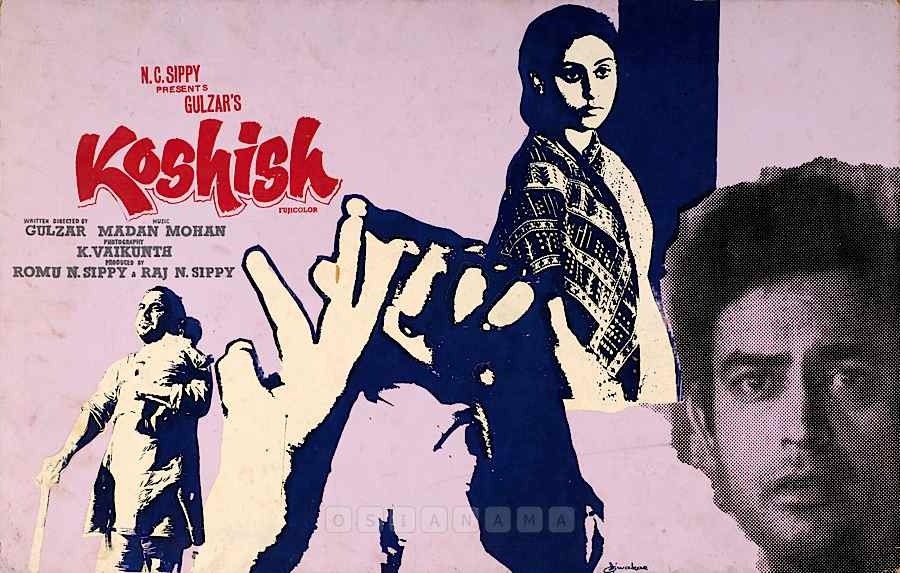
The Evolution of Disability Representation in Bollywood and Hollywood
Early Depictions: Stereotypes and Pity Narratives
Both Bollywood and Hollywood have long histories of portraying disability, but their early films often relied on stereotypes. In the early days of cinema, disability was not treated as a part of normal life but rather as a dramatic element meant to evoke sympathy or fear.
In Bollywood, films from the 1950s to the 1980s frequently used disability to intensify emotional drama. Characters with disabilities were often shown as helpless victims, suffering due to fate, poverty, or social injustice.
Many of these films reinforced the idea that a person with a disability could only find happiness through a miraculous recovery or by being cared for by others.
Movies like Koshish (1972), which depicted a deaf and mute couple, did bring some depth to disability representation, but they were exceptions in an industry that generally relied on melodrama and pity-driven narratives.
Hollywood, too, relied on exaggerated portrayals during its early years. Disability was often used to make villains seem more menacing, as seen in classic horror films where disfigurement or physical impairments were linked to evil.
On the other end of the spectrum, disabled characters were frequently portrayed as tragic figures who needed saving, reinforcing the idea that they could not lead fulfilling lives on their own.
Films like The Miracle Worker (1962), which told the real-life story of Helen Keller, were among the few that provided a nuanced look at disability, but most mainstream films continued to follow the trope of the helpless disabled person.
The Shift Toward Realism and Agency
By the late 20th century, disability representation in both Bollywood and Hollywood began to change. Audiences started demanding more realistic portrayals, and filmmakers began exploring disability beyond just tragedy or villainy.
Hollywood took the lead in presenting multidimensional characters with disabilities. Films like My Left Foot (1989), based on the life of Christy Brown, an Irish writer and painter with cerebral palsy, showcased the complexity of living with a disability.
The performance by Daniel Day-Lewis was widely praised for its authenticity, setting a new standard for disability representation.
In Bollywood, the early 2000s saw a shift with movies like Black (2005), inspired by Helen Keller’s life, and Taare Zameen Par (2007), which focused on dyslexia.
These films moved beyond pity narratives and highlighted education, social barriers, and the potential of people with disabilities.
However, Bollywood still largely relied on able-bodied actors to portray disabled characters, often dramatizing their struggles in ways that did not always reflect reality.
Authentic Casting and Representation
One of the major differences between Bollywood and Hollywood in recent years has been their approach to casting actors with disabilities.
Hollywood has made gradual progress in casting actors with lived experiences of disability, giving them a platform to tell their own stories. Films like CODA (2021), which featured deaf actors in key roles, broke new ground by ensuring authentic representation.
Similarly, shows like Atypical and Speechless have featured actors with autism and cerebral palsy, allowing for more realistic and meaningful performances.
Bollywood, however, has been slower in embracing authentic casting. Most films still feature able-bodied actors playing disabled roles, sometimes exaggerating disabilities for dramatic effect.
While films like Margarita with a Straw (2014) made an effort to present disability in a nuanced way, the industry as a whole has not actively cast disabled actors in leading roles.
This lack of representation behind the scenes also means that stories about disability are often written and directed by people who do not have firsthand experience with it.
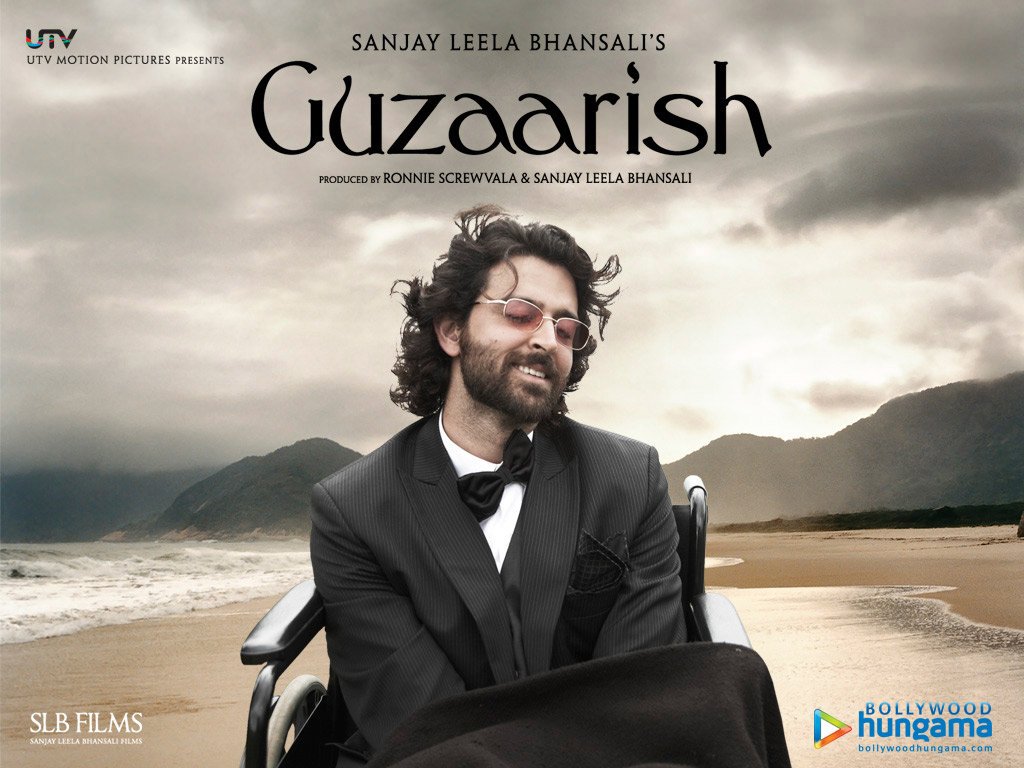
Cultural Differences in Storytelling and Disability Narratives
Bollywood’s Emotional and Family-Centric Approach
Bollywood films are deeply rooted in Indian cultural values, where family, emotions, and societal expectations play a central role in storytelling.
This is evident in how disabilities are portrayed in Indian cinema. Many Bollywood films focus on the struggles of a person with a disability within the context of their family, emphasizing themes of sacrifice, perseverance, and societal acceptance.
A common trope in Bollywood is the idea that love, patience, or personal determination can “cure” disability or make it more bearable.
In movies like Guzaarish (2010), which tells the story of a quadriplegic man seeking euthanasia, the disability is portrayed more as a source of suffering rather than a part of life that can be lived with dignity.
The focus is often on how the character’s condition affects those around them rather than their own journey of independence.
Another key element of Bollywood’s disability narratives is the frequent use of heightened emotions. Disability is often exaggerated to elicit sympathy from the audience, leading to overly dramatic depictions of struggle and suffering.
While this approach may create emotional impact, it can sometimes reinforce the stereotype that people with disabilities are objects of pity rather than individuals with agency.
Hollywood’s Individualistic and Realism-Based Approach
Hollywood, influenced by Western ideals of independence and self-determination, often approaches disability narratives differently. While emotional depth is present, the focus tends to be more on the individual’s journey rather than how their condition affects others.
Stories in Hollywood often highlight the capabilities of disabled characters, portraying them as active participants in their own lives rather than passive figures requiring care or sympathy.
Films like The Theory of Everything (2014), which tells the story of physicist Stephen Hawking, highlight both the challenges and the resilience of a person with a disability.
Unlike many Bollywood films, the narrative does not revolve around tragedy alone but also showcases achievements, love, and personal growth.
Similarly, A Beautiful Mind (2001) presents schizophrenia not just as a struggle but as part of a larger narrative of brilliance and perseverance.
Hollywood’s storytelling also places a strong emphasis on realism. As disability advocacy groups push for accurate representation, many recent films and TV shows have made efforts to present disabilities as a normal part of life rather than something that defines a person entirely.
This shift is evident in films like Sound of Metal (2019), where the protagonist’s journey of hearing loss is explored with nuance and without exaggeration.
The Role of Disability in Society: Bollywood vs. Hollywood
Another major difference between the two industries is how they portray society’s response to disability. In Bollywood, society is often shown as a harsh, judgmental force that either rejects or glorifies a person with a disability.
A character’s success is usually framed as an act of defying societal expectations rather than existing in a world where accommodations and accessibility are normalized.
Hollywood, on the other hand, increasingly incorporates discussions about accessibility, inclusion, and systemic challenges.
Films like Crip Camp (2020), a documentary about the disability rights movement in America, highlight real-world advocacy efforts that have shaped disability policies.
This shift in storytelling helps challenge outdated stereotypes and encourages a broader conversation about disability rights and representation.
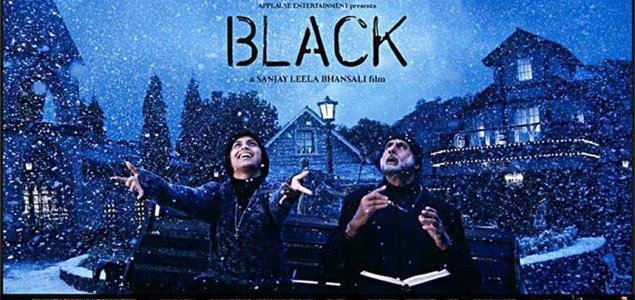
Impact of Disability Representation on Public Perception
Bollywood’s Influence on Indian Society
Bollywood has a powerful influence on how Indian society views disability. Since Indian culture places strong emphasis on family honor, social status, and traditional values, the way films depict disabled characters affects real-life attitudes toward people with disabilities.
In many Bollywood movies, disabilities are either glorified as an extreme hardship that demands immense sacrifice or seen as an obstacle to be overcome through sheer willpower.
This creates unrealistic expectations and often leads to misconceptions about what it means to live with a disability.
For instance, when films like Black (2005) or Taare Zameen Par (2007) became popular, they raised awareness about visual impairment and dyslexia.
However, because these films focused heavily on extraordinary personal struggles or on finding a “cure” through exceptional intervention, they reinforced the idea that people with disabilities must either prove themselves in exceptional ways or be dependent on others.
Everyday experiences, like accessibility challenges, employment issues, and personal independence, are rarely explored.
The lack of disabled actors in Bollywood further disconnects representation from reality. Since most disabled characters are played by able-bodied actors, their portrayal often lacks authenticity.
This reinforces the idea that disability is a temporary condition that can be acted out, rather than a lifelong identity that real people live with. It also reduces opportunities for actual disabled individuals in the entertainment industry.
Additionally, Bollywood’s influence extends beyond entertainment and into real-world policies. While awareness campaigns have increased following high-profile films, practical changes—such as improving infrastructure for wheelchair users or increasing job opportunities for people with disabilities—remain slow.
Without continuous, nuanced representation in films, disability is still largely seen as an issue of charity rather than rights and inclusion.
Hollywood’s Role in Shaping Global Disability Awareness
Hollywood, with its massive international reach, plays a significant role in shaping global attitudes toward disability. Over the years, its portrayal of disabled characters has evolved from stereotypical roles to more realistic, nuanced stories.
This shift has been largely influenced by disability advocacy groups that have pushed for authentic representation, both in front of and behind the camera.
The impact of Hollywood’s disability narratives extends beyond entertainment. For example, films like Forrest Gump (1994) introduced audiences to characters with physical and cognitive disabilities in a way that encouraged empathy rather than pity.
More recent films, such as Sound of Metal (2019) and CODA (2021), have actively included disabled actors and highlighted real issues such as communication barriers and accessibility rights.
These films contribute to a broader understanding of disability as a diverse and lived experience rather than just a personal tragedy.
Hollywood has also influenced real-world policy changes. Movies and documentaries focusing on disability rights, such as Crip Camp (2020), have sparked discussions on accessibility laws, workplace inclusion, and equal opportunities.
The film industry’s increasing willingness to cast disabled actors and create more inclusive production environments has also encouraged similar changes in other sectors, including education and employment.
Unlike Bollywood, where disability representation often remains within a personal or family-focused framework, Hollywood’s disability narratives frequently address systemic issues.
The emphasis on accessibility, legal rights, and social inclusion in American films helps promote a more progressive outlook, encouraging societies worldwide to rethink how they view and accommodate people with disabilities.
Global Perceptions and the Road Ahead
As the world becomes more interconnected, Bollywood and Hollywood are increasingly influencing each other.
While Hollywood’s push for authentic disability representation has led to some progress, Bollywood still lags in embracing disabled actors and telling everyday stories of disabled individuals.
However, with growing global discussions about diversity and inclusion, Indian cinema may soon feel the pressure to move beyond traditional disability narratives and adopt more realistic portrayals.
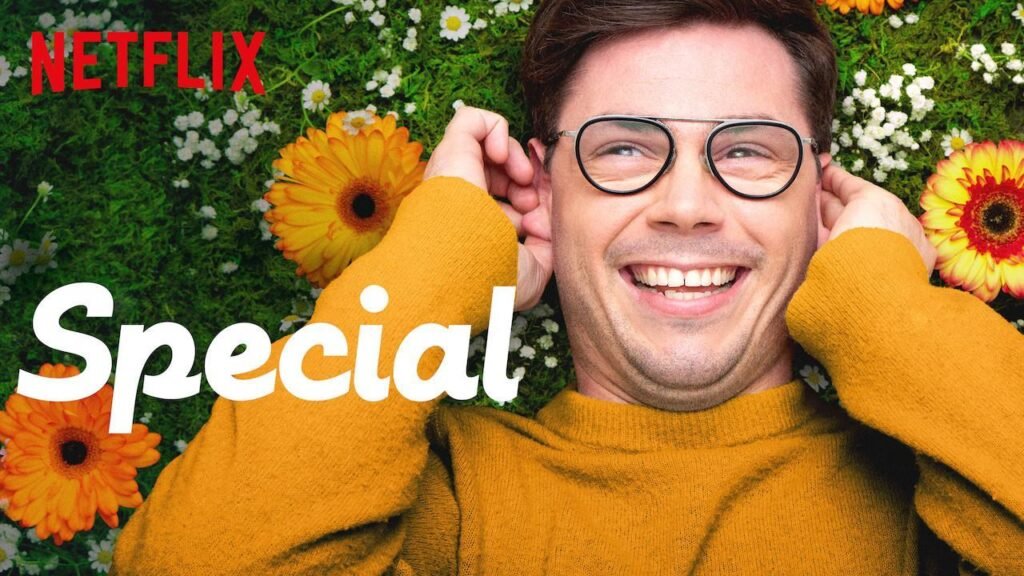
The Future of Disability Representation in Bollywood and Hollywood
The Need for Authentic Storytelling
As conversations around inclusivity grow, both Bollywood and Hollywood have the opportunity to redefine how disabilities are portrayed on screen.
Authentic storytelling should move beyond stereotypes and focus on representing disabilities as a normal part of human diversity rather than as an element of pity, inspiration, or villainy.
For Bollywood, this means shifting from over-dramatized portrayals to narratives that reflect the everyday realities of disabled individuals.
Instead of making disability the central conflict of a film, characters with disabilities should be shown living full, complex lives—pursuing careers, relationships, and personal ambitions, just like anyone else.
Filmmakers should work closely with disabled individuals to ensure accurate representation, avoiding exaggerated emotional arcs that reinforce outdated tropes.
Hollywood, while further ahead in its approach, still has work to do. While it has introduced more diverse and realistic disability narratives, there is still a tendency to focus on overcoming disability rather than living with it.
Future films should highlight disabled characters who are not defined solely by their condition but are instead represented as part of a larger, multi-dimensional story.
Increasing Opportunities for Disabled Actors
One of the biggest changes needed in both Bollywood and Hollywood is the casting of disabled actors in disabled roles. While Hollywood has made strides in this area, Bollywood remains hesitant to cast actors with disabilities in major films.
The industry still relies heavily on able-bodied actors who “act” disabled, leading to portrayals that often lack authenticity.
There is a need for systemic change in the way casting is approached. Filmmakers should actively seek out and train disabled actors, giving them opportunities to take on lead roles rather than just side characters.
Creating dedicated platforms for disabled talent, from acting workshops to industry mentorship programs, can help bridge this gap.
Hollywood can also do better by ensuring that disability representation extends beyond the screen. Hiring disabled writers, directors, and producers will bring fresh perspectives and ensure that stories about disability are told with honesty and accuracy.
Normalizing Disability in Everyday Narratives
One of the biggest problems with disability representation in both industries is that disability is often treated as an exception rather than a normal part of life.
Most films that feature disabled characters make their condition the focal point of the story, reinforcing the idea that disability is something unusual or tragic.
The future of representation should focus on integrating disability into mainstream narratives without making it the defining feature of a character.
A romantic comedy with a lead character in a wheelchair, a detective story featuring a blind investigator, or an office drama with a neurodiverse protagonist—these are the kinds of films that will help normalize disability in the public eye.
Bollywood, in particular, needs to break away from its tendency to frame disability as either an extreme struggle or a divine test. Films should start including disabled characters naturally, without drawing excessive attention to their condition.
When disability is treated as just another aspect of human diversity, public perception will shift toward acceptance and inclusion.
The Role of Streaming Platforms in Pushing Inclusive Content
With the rise of digital streaming platforms like Netflix, Amazon Prime, and Disney+, there is more space than ever for diverse storytelling. These platforms allow for stories that might not have been considered “commercially viable” in traditional cinema to find an audience.
Streaming services have already introduced more inclusive content, such as the Indian web series Sacred Games, which featured a disabled gangster, and international projects like Special, a comedy-drama about a gay man with cerebral palsy played by a disabled actor.
Unlike big-budget Bollywood films, which often cater to mass audiences and traditional expectations, digital platforms provide a space for experimental and authentic storytelling.
As streaming services continue to grow, they have the power to influence mainstream cinema by proving that well-made, inclusive films and series can succeed.
Bollywood and Hollywood should take lessons from these platforms and begin producing more diverse content for wider audiences.
A Path Toward Inclusive Cinema
The future of disability representation in Bollywood and Hollywood depends on a collective effort from filmmakers, writers, producers, and audiences.
Authentic representation requires commitment—not just from actors playing disabled roles, but from the entire industry in ensuring disabled individuals are involved in all aspects of filmmaking.
Both industries must move beyond outdated tropes and work toward realistic, empowering portrayals of disability.
By increasing opportunities for disabled actors, integrating disability into everyday stories, and using streaming platforms to push inclusive content, Bollywood and Hollywood can create a future where disabled characters are seen as equals rather than exceptions.
The shift is already happening, but there is still a long way to go. With the right steps, cinema can become a powerful tool for changing perceptions and ensuring that people with disabilities are represented with the dignity, complexity, and humanity they deserve.
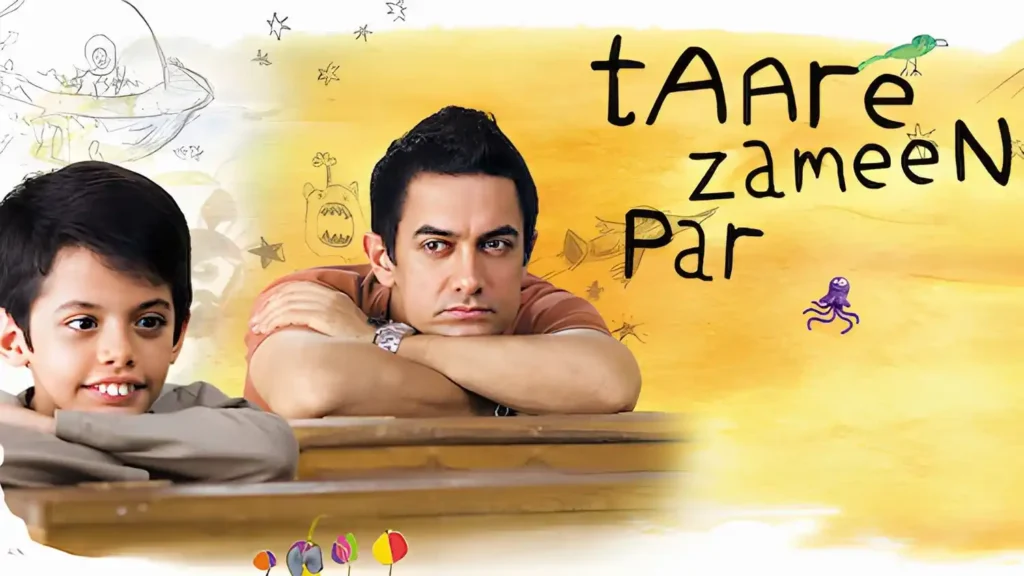
The Impact of Disability Representation on Policy and Social Change
How Films Shape Disability Rights Movements
Cinema does not just entertain—it influences public opinion, government policies, and social activism. The way disabilities are portrayed in Bollywood and Hollywood has a direct impact on how societies approach disability rights, accessibility, and inclusion.
Positive representation can inspire policy changes, while harmful stereotypes can reinforce existing discrimination.
Hollywood has played a key role in pushing disability rights conversations into mainstream discourse. The success of films like Crip Camp (2020), which documented the disability rights movement in the U.S., helped highlight the struggles that led to the passing of the Americans with Disabilities Act (ADA).
Similarly, films like The Sessions (2012), which explored the romantic and sexual lives of disabled individuals, helped challenge outdated notions of disability and intimacy.
Such films contribute to real-world changes by increasing awareness of accessibility issues, workplace inclusion, and healthcare rights.
Disability advocacy groups often use Hollywood films as tools for public education, demonstrating why policies like accessible infrastructure and anti-discrimination laws are necessary.
The growing number of disabled actors and filmmakers in Hollywood has also pushed studios to improve workplace accommodations, setting an example for other industries.
Bollywood’s Influence on Disability Policies in India
Bollywood, with its deep cultural reach, has the potential to bring about similar change in India. However, its impact on disability policy has been more limited compared to Hollywood.
While films like Taare Zameen Par (2007) helped spread awareness about dyslexia and led to discussions on inclusive education, Bollywood has yet to produce a film that directly sparks policy reforms on a larger scale.
India’s disability rights movement has been growing, especially with the passage of the Rights of Persons with Disabilities Act (RPWD) in 2016. However, the representation of disability in Bollywood has not fully aligned with this progress.
Many films still focus on outdated portrayals that do not reflect the reality of disabled individuals navigating accessibility challenges, employment discrimination, or legal struggles.
That said, there are signs of change. Independent Indian filmmakers and documentary creators are beginning to tell more nuanced disability stories.
Films like I Am Jeeja (2017), which portrays the life of a woman with cerebral palsy, challenge Bollywood’s mainstream narratives by presenting a more authentic perspective.
The increasing visibility of disabled activists in India’s media landscape also suggests that the film industry may soon follow suit in portraying disability with greater realism and social relevance.
Using Cinema to Push for Global Disability Awareness
While Bollywood and Hollywood have their own cultural approaches, the increasing globalization of cinema presents an opportunity to share disability narratives across borders.
International collaborations can help highlight universal disability issues, such as accessibility in public spaces, equal employment rights, and representation in politics.
Films that portray disability as a human rights issue, rather than just an individual struggle, can play a crucial role in shaping policies worldwide.
By learning from each other, Bollywood and Hollywood can both improve their storytelling, ensuring that disability representation moves beyond entertainment and contributes to real, lasting social change.
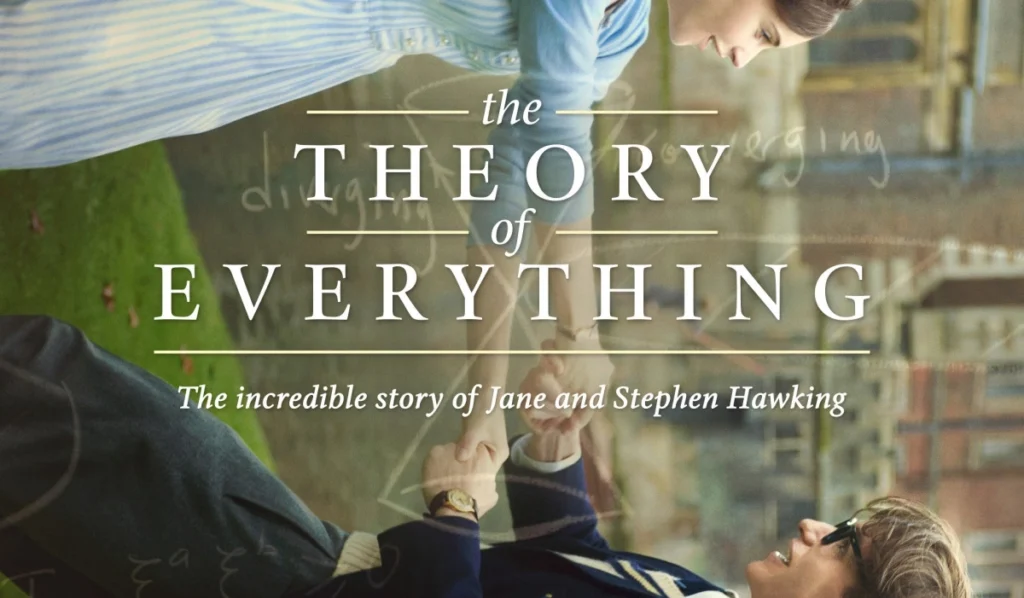
Disability and Genre: How Bollywood and Hollywood Approach Different Film Styles
Disability in Drama Films: Emotion vs. Realism
Both Bollywood and Hollywood commonly place disability narratives within the drama genre, but their approaches differ significantly. Bollywood, deeply influenced by its tradition of emotional storytelling, often amplifies the suffering of disabled characters to evoke strong audience reactions.
Films like Black (2005) and Guzaarish (2010) rely on intense emotions, focusing on the struggle, isolation, or dependence of the disabled protagonist. These films often treat disability as a tragic obstacle rather than an aspect of identity that can coexist with a fulfilling life.
Hollywood, while also using disability as a theme in drama, has increasingly leaned toward realism. Films like The Theory of Everything (2014) and Sound of Metal (2019) provide deeper, more balanced explorations of disability.
Instead of focusing solely on struggle, they also highlight adaptation, personal relationships, and self-discovery. While emotions remain a key part of storytelling, Hollywood has increasingly moved away from over-sentimentalizing disability, portraying it as a nuanced and everyday experience rather than an extraordinary tragedy.
Disability in Comedy Films: Humor and Stereotypes
Comedy featuring disabled characters has been a controversial subject in both industries. Bollywood has historically struggled with using disability as a source of humor in ways that often reinforce negative stereotypes.
Many older Bollywood films have depicted characters with speech impairments, mobility issues, or cognitive disabilities in exaggerated, comedic ways, reducing them to punchlines rather than fully developed characters.
Hollywood has also had its share of problematic portrayals, especially in early films where disabled characters were often included for comedic effect.
However, recent Hollywood comedies have taken a more progressive approach. Films like The Fundamentals of Caring (2016) and shows like Special (2019) use humor to explore the everyday experiences of people with disabilities without making them the target of the joke. Instead, the humor often comes from the absurdity of societal perceptions rather than the disability itself.
Bollywood has yet to fully embrace this shift, but as global audiences demand more respectful representations, Indian filmmakers may begin adopting a similar approach.
Disability in Action and Thriller Films: Inclusion vs. Erasure
The action genre has traditionally excluded disabled characters, as both Bollywood and Hollywood often associate physical strength with heroism.
However, recent years have seen a shift, particularly in Hollywood, where disabled protagonists have been given central roles in action and thriller films.
Movies like Don’t Breathe (2016) and A Quiet Place (2018) feature characters with disabilities as complex individuals who use their abilities in unique ways.
The latter film, for instance, cast a deaf actress, Millicent Simmonds, in a key role, showing that action films can include authentic disability representation without resorting to stereotypes.
Bollywood, on the other hand, rarely features disabled protagonists in action films. When disabilities are included, they are often used as an element of revenge or motivation rather than as an inherent part of the character’s identity.
Action-driven Bollywood films still tend to favor larger-than-life, physically dominant heroes, leaving little room for disabled characters in leading roles.
A significant cultural shift would be needed for Bollywood to break this trend and include disabled characters in ways that go beyond symbolic storytelling.
Representation in Science Fiction and Fantasy Films
Science fiction and fantasy offer unique opportunities to rethink disability representation. Hollywood has made progress by incorporating disabled characters into futuristic settings without focusing solely on their disabilities.
In films like Avatar (2009), the protagonist’s paraplegia is an important part of his character but does not define his entire journey.
Other films, such as Mad Max: Fury Road (2015), feature disabled characters who are integral to the plot without making their disability the focal point of the story.
Bollywood, however, has rarely ventured into authentic disability representation in science fiction or fantasy. Films in these genres, such as Koi Mil Gaya (2003), which depicted a mentally challenged protagonist, have often relied on exaggerated or magical solutions rather than realistic storytelling.
If Bollywood expands its representation in these genres, it could provide a fresh perspective on how disabled characters fit into diverse and imaginative worlds.
The Potential for Genre Expansion
Both Bollywood and Hollywood have made strides in improving disability representation, but there is still much room for growth across different film genres.
While drama remains the most common category for disability narratives, integrating disabled characters into comedies, action films, thrillers, and science fiction could help normalize their presence on screen.
Hollywood has started making these shifts, and Bollywood has the opportunity to follow suit by breaking traditional storytelling patterns.
The more varied the representation, the more audiences will see disability as a normal part of life rather than as a theme confined to specific types of films.
Conclusion
Disability representation in Bollywood and Hollywood has evolved, but both industries still have a long way to go. While Hollywood has made strides in casting disabled actors and telling authentic stories, it still struggles with fully normalizing disability in mainstream genres. Bollywood, on the other hand, remains largely dependent on able-bodied actors portraying disabled roles, often using exaggerated emotions to evoke sympathy rather than showcasing real-life experiences.
Cinema has the power to shape public perception, influence policies, and challenge stereotypes. More inclusive and accurate disability representation can lead to social change, greater accessibility, and better opportunities for disabled individuals in the entertainment industry and beyond. As global audiences demand more diverse storytelling, both industries must move toward authentic, empowering portrayals that treat disability as a normal part of human diversity.
With streaming platforms expanding the reach of inclusive content, Bollywood and Hollywood have an opportunity to lead the way in reshaping how disability is viewed worldwide. By prioritizing real stories, casting disabled actors, and integrating disability into everyday narratives, cinema can create a more inclusive future—one where everyone sees themselves represented on screen.



